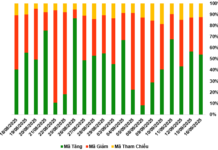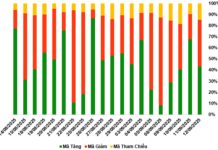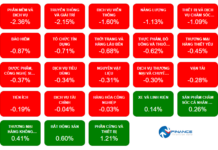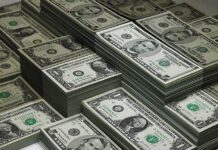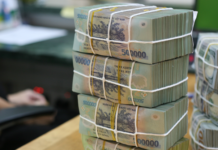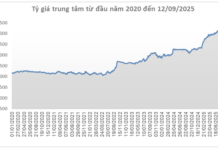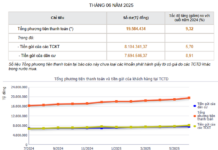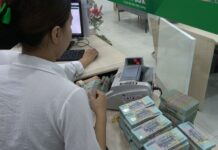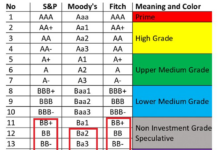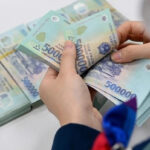
Gold bars are displayed at the US Bureau of Engraving and Printing in Washington, DC. Photo: AFP/VNA
A weaker US dollar helped boost gold in the first trading session this week (April 29), but a reversal in the greenback weighed on the precious metal in the following session, dragging it to a one-week low.
However, a Reuters poll showed that analysts have raised their 2024 gold price forecasts. They see simmering geopolitical tensions providing a safe haven for bullion investors and further lifting gold to record highs.
On May 1, after a policy meeting, the Fed left interest rates unchanged at 5.25% to 5.50%. The Fed has warned in recent months that it sees little progress in bringing inflation down to its 2% target and inflation remains high. While the Fed assessed in its previous statement in March 2024 that risks to the economy were “moving to a more balanced state,” the latest statement suggests the process may have stalled. The Fed’s new comments continue to leave many economists wondering when the central bank will start to cut rates, encouraging investors to look to gold as an inflation hedge.
Gold prices fell in the May 2 trading session as markets and investors took into account the possibility that US interest rates will remain elevated for longer.
Gold extended losses to a one-month low in the final trading session of the week (May 3), despite weaker-than-expected US jobs data. This reflects a market correction after a strong run-up in the previous month as investors took profits and geopolitical risks eased.
Specifically, by the end of the session, spot gold was down 0.05% at $2,302.09 per ounce, heading for a second straight weekly decline, down 1.8%. US gold futures, meanwhile, were slightly up at $2,311.10 an ounce.
Gold prices briefly dipped after hitting a session high of $2,320.78, shortly after the US Labor Department reported that the US non-farm sector added 175,000 jobs last month, below economists’ forecasts of 243,000.
“The initial spike in gold after the jobs report attracted a lot of profit-taking, reflecting a more cautious investor sentiment after April’s strong gains and a rather muted reaction to the still-positive comments from Fed Chair Jerome Powell,” said Tai Wong, an independent metals trader in New York.
Despite the jobs data reinforcing expectations that the Fed will start cutting rates later this year, which would support gold, the non-yielding asset, it has instead pushed investors into riskier assets.
Risk appetite is the current sentiment among investors, leading to a drop in demand for gold, said Chris Gaffney, president of world markets at EverBank. The precious metal is seemingly also overlooking a drop in US Treasury yields.

